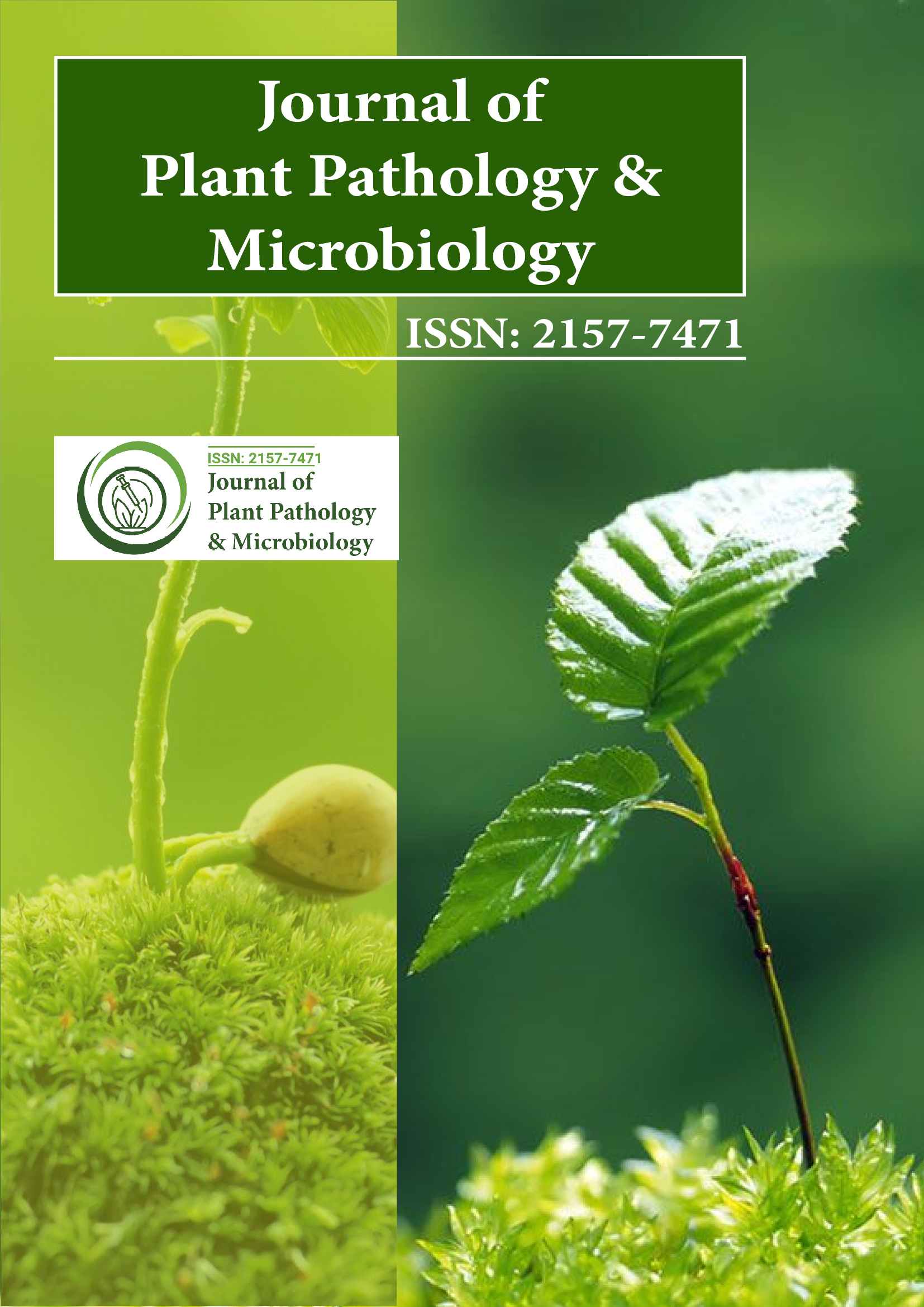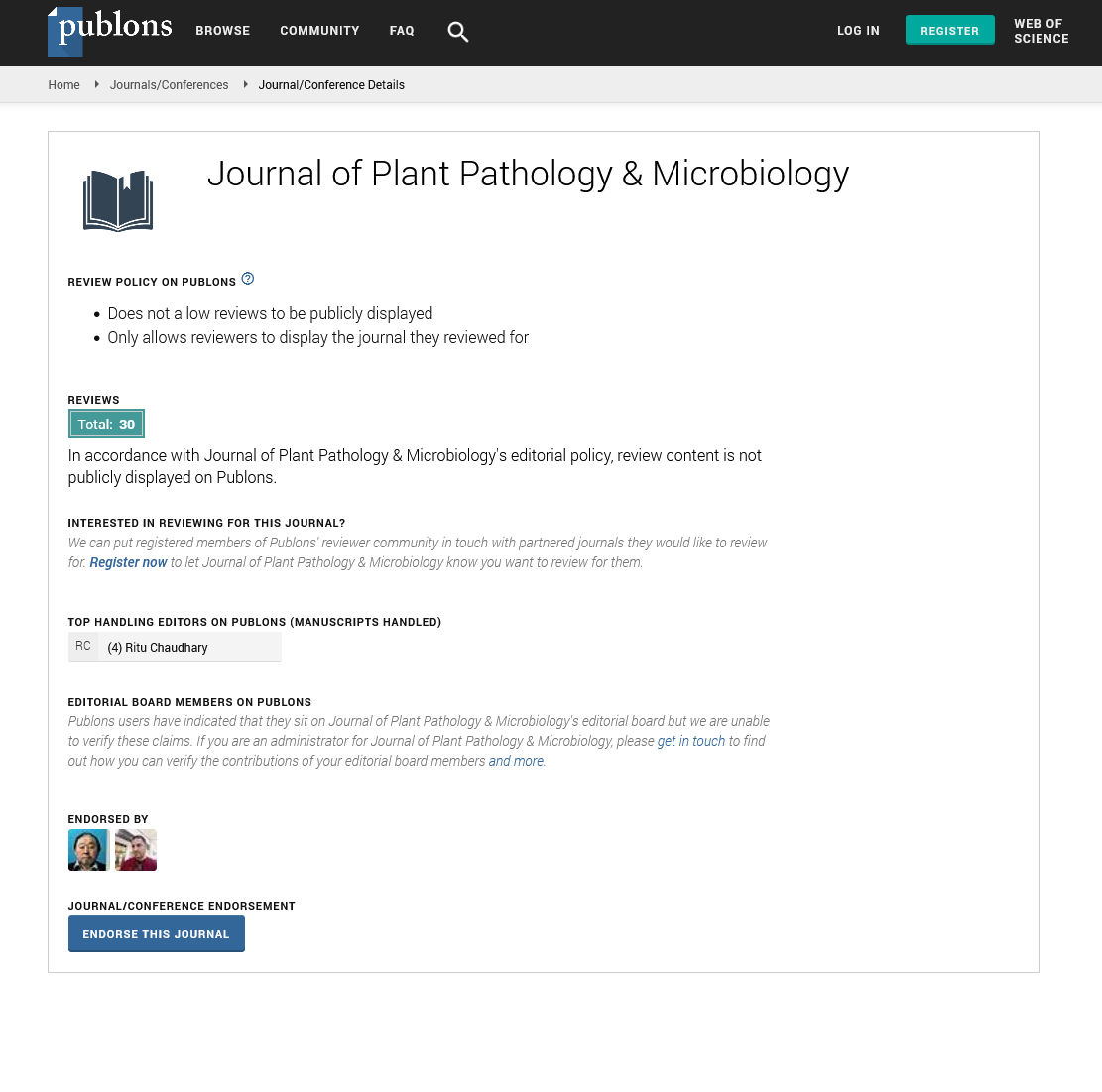Indexed In
- Open J Gate
- Genamics JournalSeek
- Academic Keys
- JournalTOCs
- CiteFactor
- Ulrich's Periodicals Directory
- Access to Global Online Research in Agriculture (AGORA)
- Electronic Journals Library
- Centre for Agriculture and Biosciences International (CABI)
- RefSeek
- Directory of Research Journal Indexing (DRJI)
- Hamdard University
- EBSCO A-Z
- OCLC- WorldCat
- Scholarsteer
- SWB online catalog
- Virtual Library of Biology (vifabio)
- Publons
- Geneva Foundation for Medical Education and Research
- Euro Pub
- Google Scholar
Useful Links
Share This Page
Journal Flyer

Open Access Journals
- Agri and Aquaculture
- Biochemistry
- Bioinformatics & Systems Biology
- Business & Management
- Chemistry
- Clinical Sciences
- Engineering
- Food & Nutrition
- General Science
- Genetics & Molecular Biology
- Immunology & Microbiology
- Medical Sciences
- Neuroscience & Psychology
- Nursing & Health Care
- Pharmaceutical Sciences
Riad SR El- Mohamedy
Riad SR El- Mohamedy
Tunisia
Publications
-
Research Article
Variation in Chitosan and Salicylic Acid Efficacy Towards Soil-borne and Air-borne Fungi and Their Suppressive Effect of Tomato Wilt Severity
Author(s): Hayfa Jabnoun- Khiareddine, Riad SR El- Mohamedy, Farid Abdel- Kareem, Rania Aydi Ben Abdallah, Mouna Gueddes- Chahed and Mejda Daami- Remadi Hayfa Jabnoun- Khiareddine, Riad SR El- Mohamedy, Farid Abdel- Kareem, Rania Aydi Ben Abdallah, Mouna Gueddes- Chahed and Mejda Daami- Remadi
Two resistance inducers (RIs), chitosan and salicylic acid (SA), were assessed in vitro for their antifungal activity against ten tomato phytopathogenic fungi i.e. Fusarium oxysporum f. sp. lycopersici, F. oxysporum f. sp. radicis-lycopersici, F. solani, Verticillium dahliae, Rhizoctonia solani, Colletotrichum coccodes, Pythium aphanidermatum, Sclerotinia sclerotiorum, Botrytis cinerea, and Alternaria solani. The impact of these RIs, applied as soil drench, on Verticillium wilt, Fusarium wilt, and Fusarium Crown and Root Rot severity and on growth parameters of tomato cv. Rio Grande plants were also investigated. Chitosan (0.5-4 mg/ml) and SA (1-25 mM) inhibited mycelial growth of all pathogens in Potato Dextrose Agar (PDA) medium in a concentration-dependent manner, with the greatest inhibition achieved using the highest chitosan and SA concentration.. View More»
DOI: 10.4172/2157-7471.1000325

